Venice, a city in northern Italy famous for its emerald green canals and picturesque architecture, is suffering from overcrowding with millions of visitors each year. In an effort to preserve the city, the Venetian government has imposed a $5.50 (€5) ticket for day-trippers during peak times.
The city government has launched a website to sell tickets for tourists who want to visit Venice from now until July 2024, and there is no limit on the number of tickets sold per day. Those who visit Venice during the 29 peak days, including the Italian holidays of April 25 and May 5, and weekends in May, June and July, who want to enter the city center between 8:30 a.m. and 4 p.m. will have to buy a ticket. Buyers will receive a QR code, granting them access to the city for one day. Those who deliberately enter the city without buying a ticket will be fined $55 (EUR 50) - $330 (EUR 300).
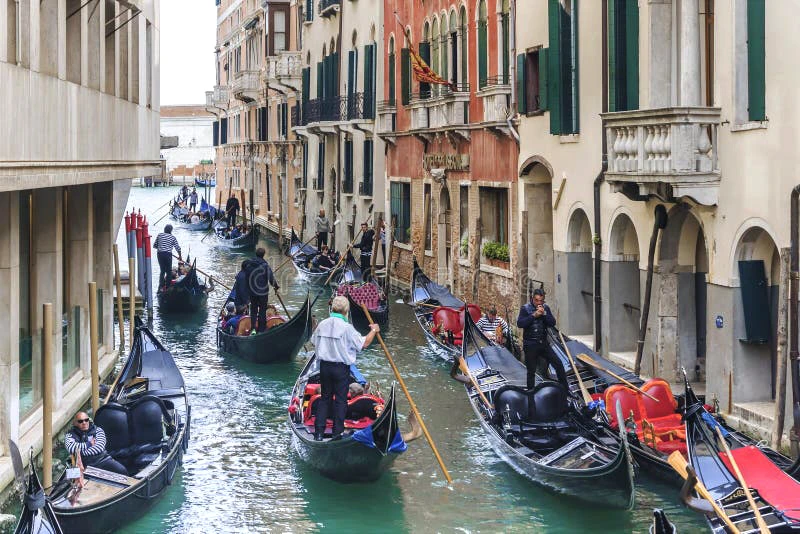
The Venice Tourist Board said the trial ticketing system is not intended to raise revenue but to strike a new balance between the rights of those who live, study or work in Venice and those who visit the city. Exemptions include residents, those born in Venice, employees, or relatives of residents. They only need to present an ID card. Visitors under 14 and tourists booking hotel rooms will have to register and get a QR code, but will not be required to buy a ticket. The new rules do not apply to visitors to Venice's smaller islands, including Murano, famous for its glassmaking.
The new regulations follow years of debate over how to manage the millions of visitors to Venice without undermining tourism revenues. However, the city government has taken action after warnings from the United Nations Educational, Scientific and Cultural Organization (UNESCO) that Venice could be placed on the list of World Heritage in Danger.
Regulating the flow of tourists to preserve the unique, sustainable values of Venice has always been a concern for local authorities. In the past, there was a time when this small city welcomed about 100,000 tourists every day. The sea of people pouring into the Italian city, crowding the canals, squares, bridges and narrow paths and alleys day after day, gradually made the place lose its inherent beauty. Authorities and residents in Venice both recognize that the overcrowding of tourists is causing many serious environmental and social consequences.
As a result, Venice has been forced to implement a series of measures to control the number of visitors. These include a ban on cruise ships to reduce the large waves they create, which are eroding Venice’s foundations and damaging the city’s fragile ecosystem. The ban also requires visitors to disembark from a port far from the city each day. In addition, from June this year, tourist groups visiting Venice will be limited to a maximum of 25 people, equivalent to nearly half the capacity of a tour bus. Tourist groups will also not be allowed to stop in narrow streets, on bridges, or on walkways. The use of loudspeakers, a common sight on group tours and considered “likely to cause confusion and disturbance,” will also be banned in the city and its surrounding islands.
PHAM NGUYET
Source



![[Photo] Opening of the National Conference to disseminate and implement the Resolution of the 11th Central Conference](https://vstatic.vietnam.vn/vietnam/resource/IMAGE/2025/4/16/e19da044c71d4330b6a03f49adcdb4f7)






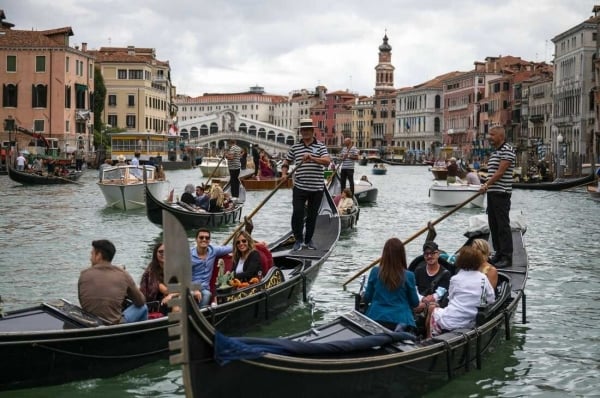


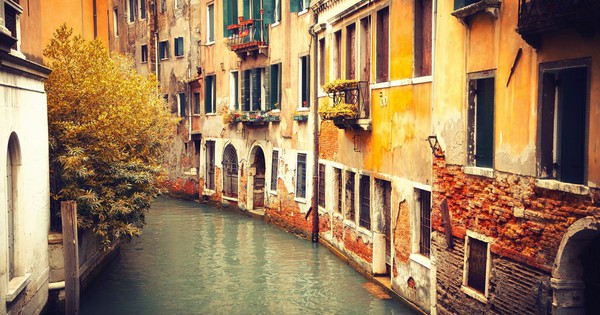
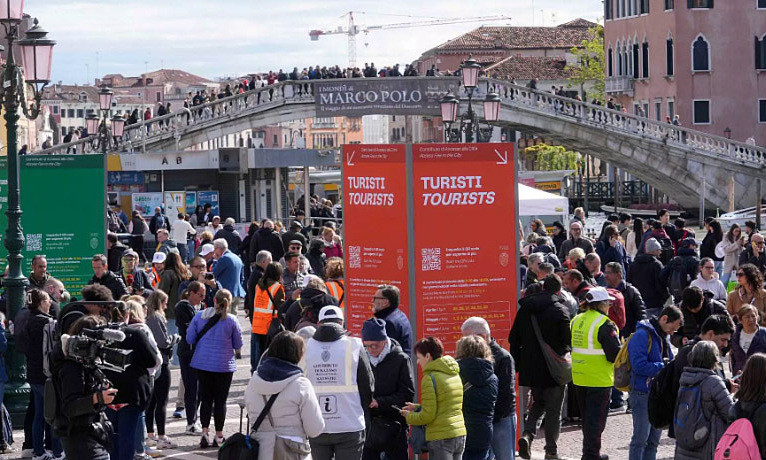

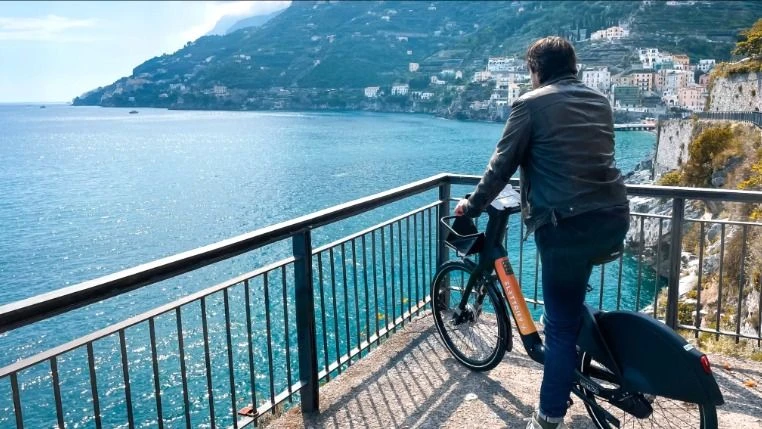





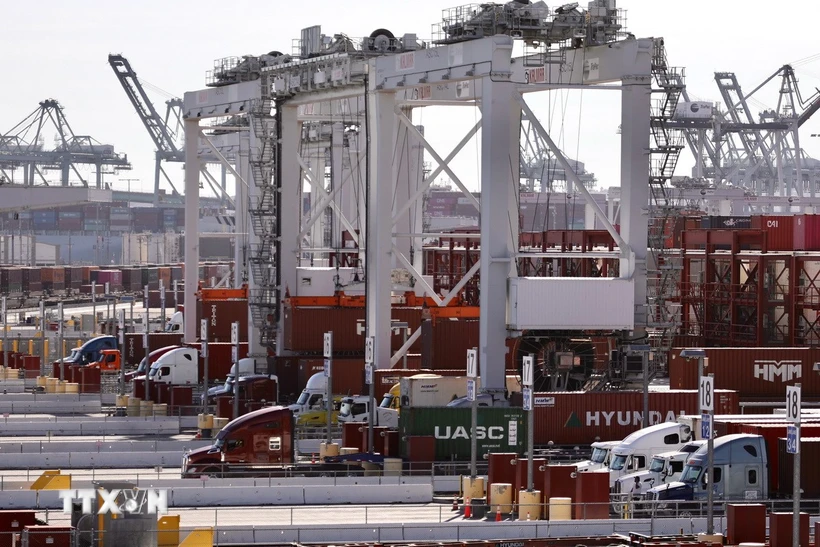







![[Photo] The two Prime Ministers witnessed the signing ceremony of cooperation documents between Vietnam and Ethiopia.](https://vstatic.vietnam.vn/vietnam/resource/IMAGE/2025/4/15/16e350289aec4a6ea74b93ee396ada21)
![[Photo] Prime Minister Pham Minh Chinh holds talks with Ethiopian Prime Minister Abiy Ahmed Ali](https://vstatic.vietnam.vn/vietnam/resource/IMAGE/2025/4/15/4f7ba52301694c32aac39eab11cf70a4)
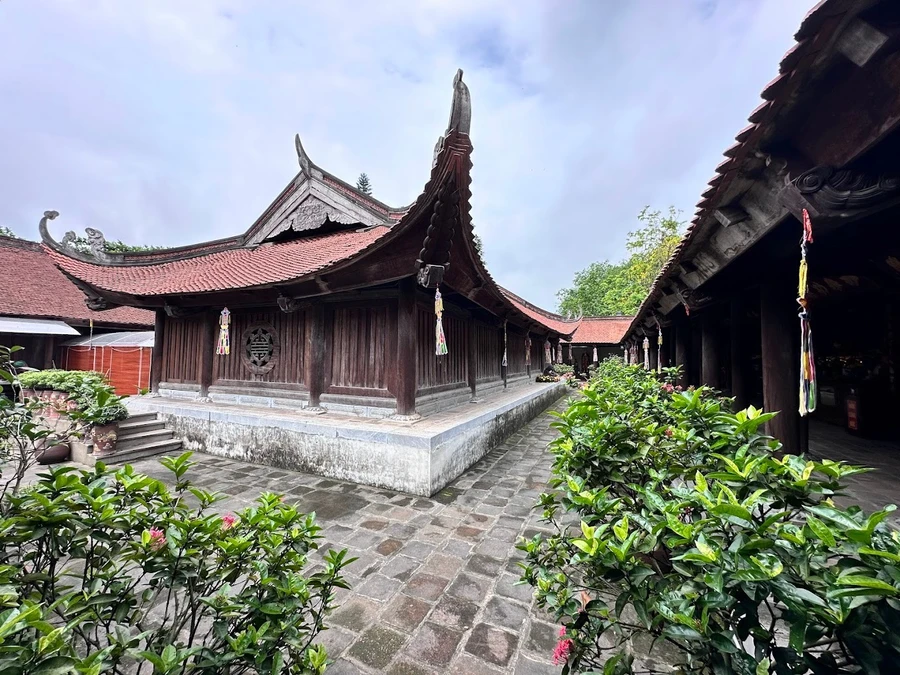



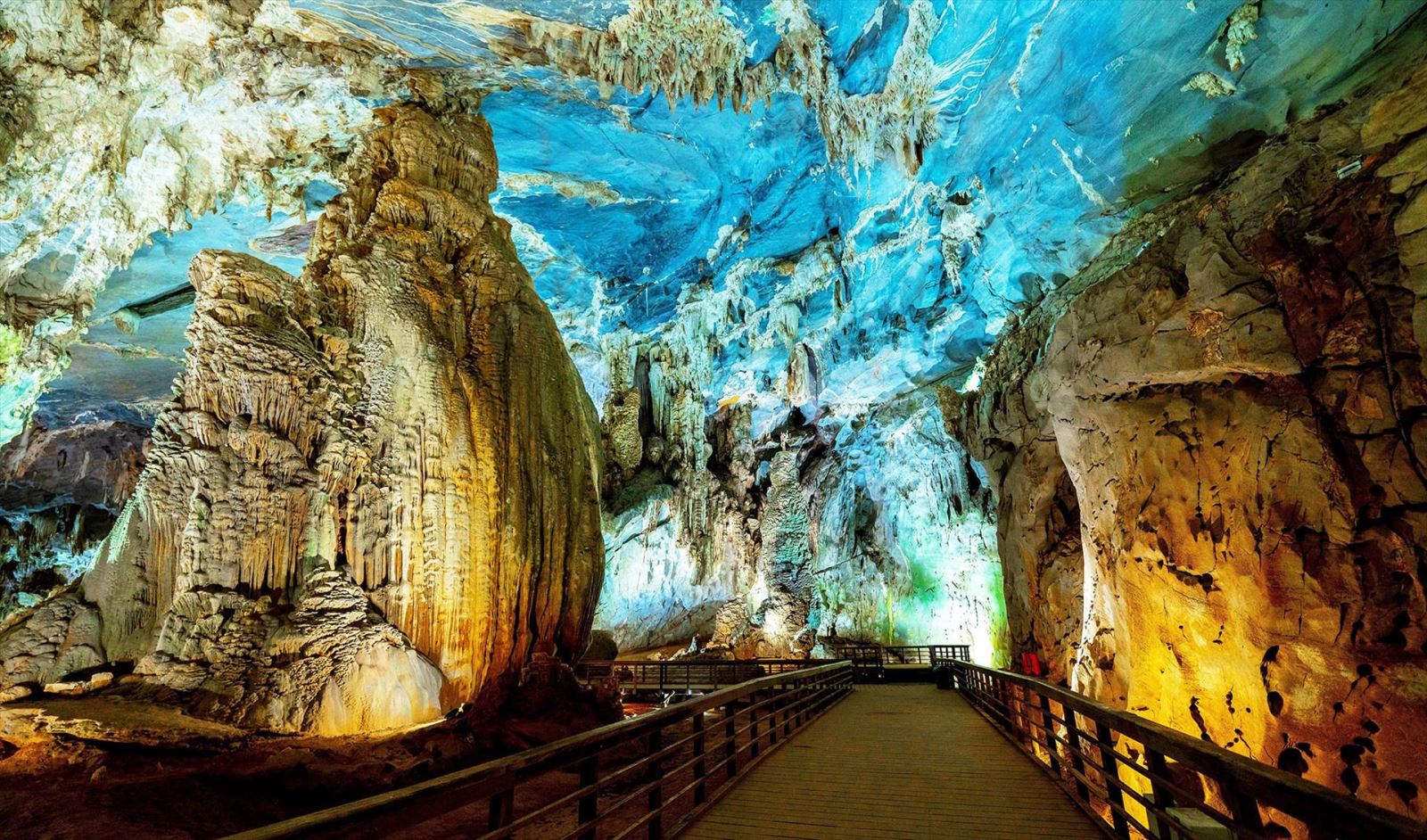












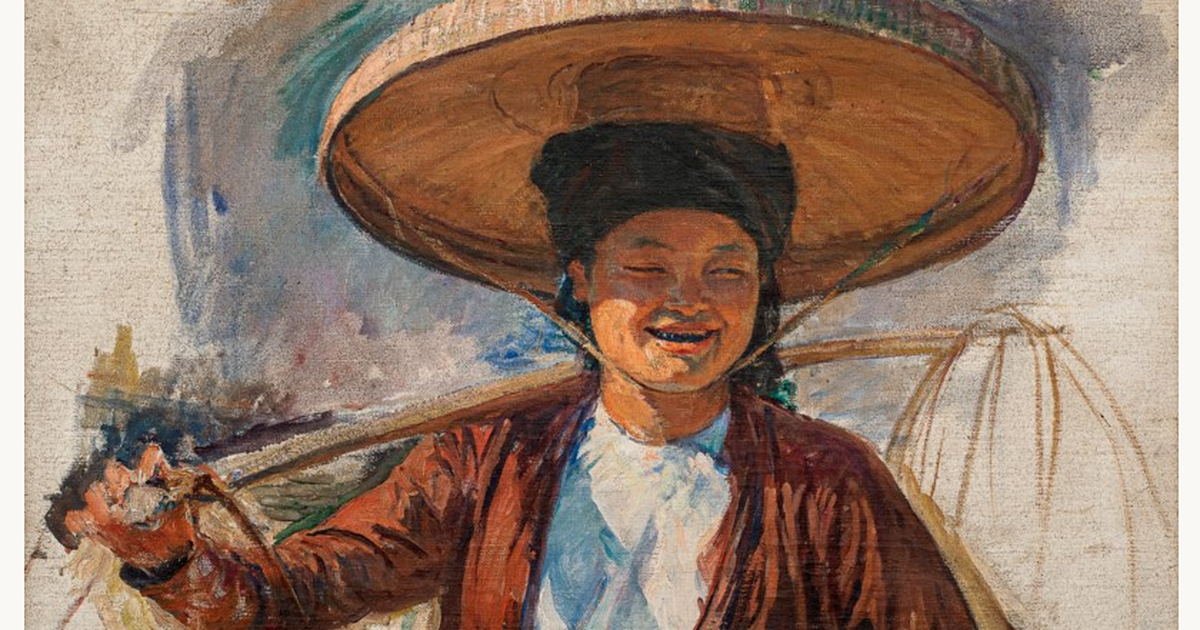














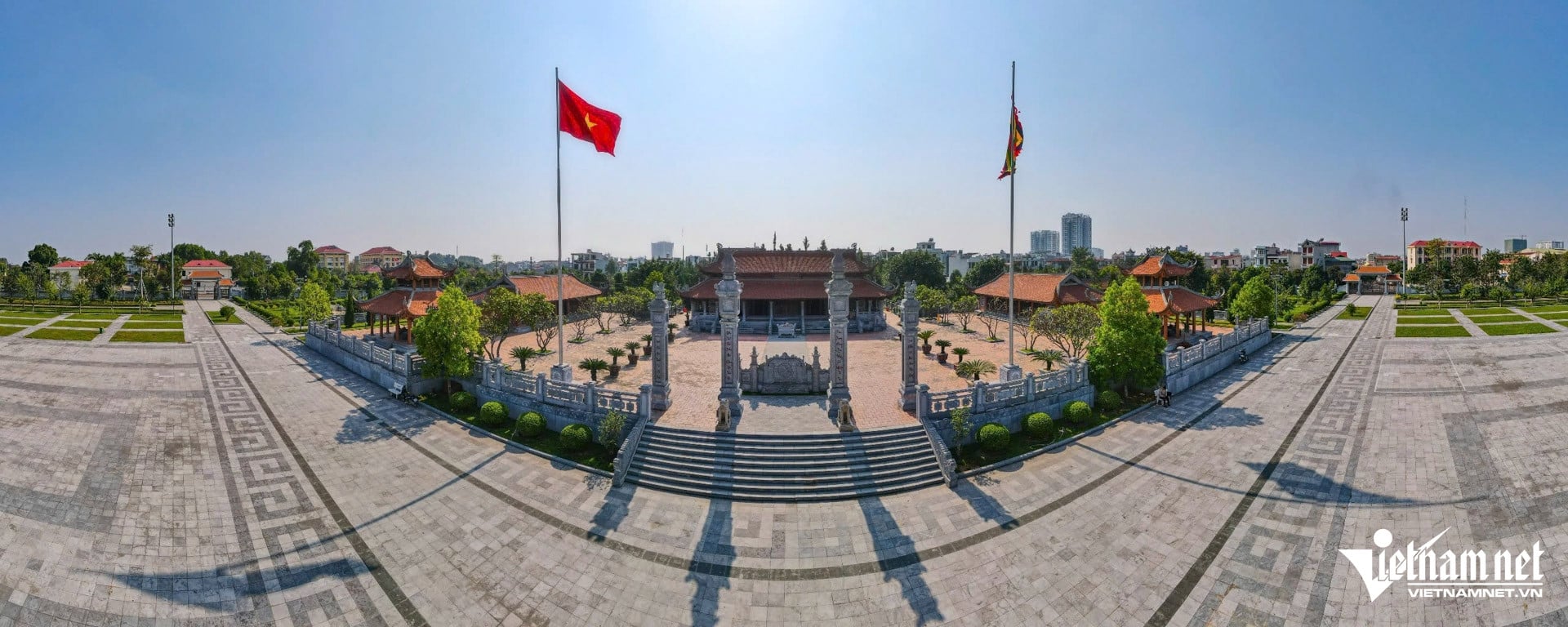

















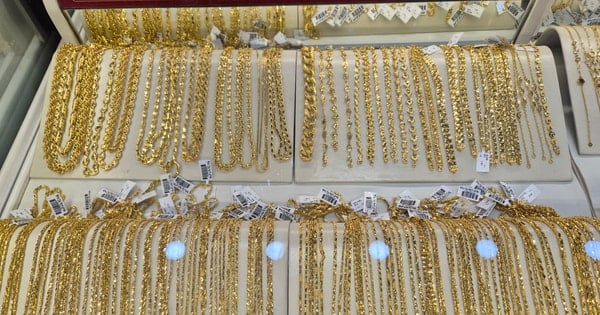






![[Photo] The capital of Binh Phuoc province enters the political season](https://vstatic.vietnam.vn/vietnam/resource/IMAGE/2025/4/16/c91c1540a5744f1a80970655929f4596)







Comment (0)